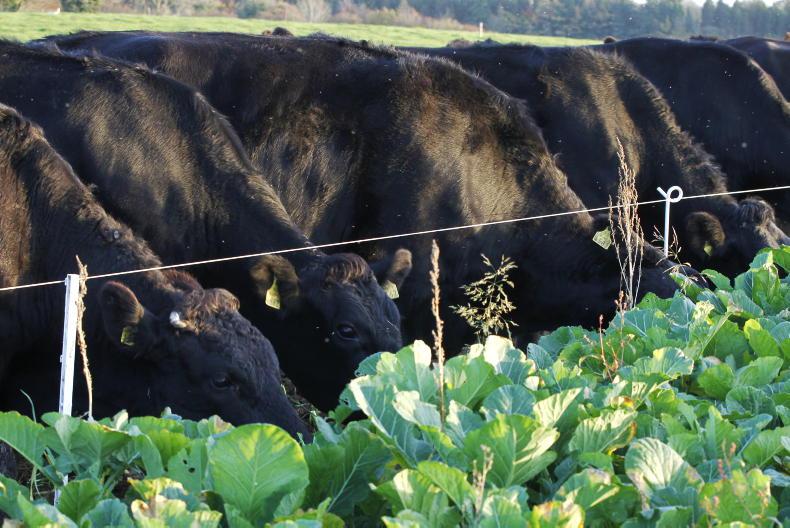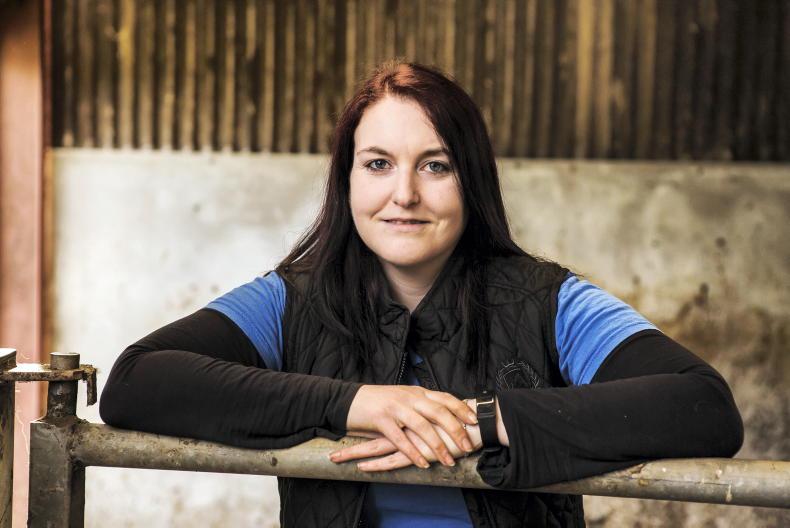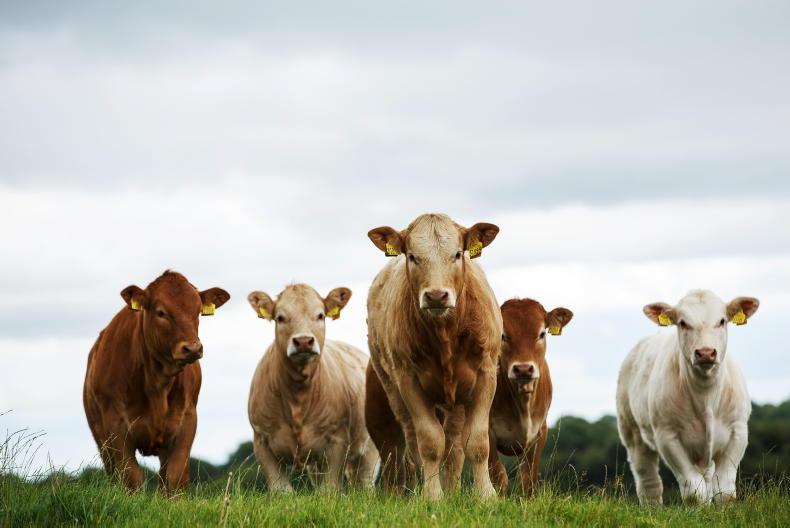When it comes to weaning calves, there are multiple options and each one has its merits and flaws.
What works best for each herd will depend on the farm set-up. Outlined are five common methods for weaning calves.
1 Gradually removing the cows
This option works for weaning at grass, but relies on having cows grazing close to the yard or a handling pen on out-farms.
Basically, it works by slipping a few cows away from the grazing group every three to four days and housing them to dry off.
As cows are removed, calves remain at grass in the same field with creep feeders present. As there are still some cows present in the grazing group, calves remain relatively settled outside.
Dry cows can be turned back out to rough grazing if ground conditions and grass supplies allow.
2 Using creep grazing to restrict suckling
An alternative for weaning outdoors is forward creep grazing to break the cow and calf bond. Once calves get use to creeping forward, they can be locked off cows to restrict suckling.
However, for this to work, the farm needs to be well fenced. Without secure fencing, cows and calves will regularly break wires and test the resolve of the most patient farmers.
Start by setting up a temporary electric wire in one corner of a field to entice calves to graze in front of cows.
Once calves are used to creeping forward, the next step is to entice calves into an adjacent paddock where they can be locked off the cow during the day. Let the calves back to the cow in the evening.
Cows should have their grazing intake restricted to reduce milk production once calves start creeping forward.
If paddocks do not have stockproof fencing in place, add a second or third strand of electric wire to prevent access to cows. Ideally, use mains electric to provide power.
3 Nose flaps
QuietWean nose flaps have become popular and allow calves to be weaned outdoors. The flap is basically an anti-sucking device and is re-useable.
When inserted in the calf’s nose, it prevents the calf from suckling the cow. However, the calf can still graze and eat concentrates unrestricted.
Flaps should be left in the calf’s nose for two weeks to wean off the cow. Keep cows on low grass covers to reduce milk. As calves remain with the cow when weaning, there is less stress involved.
4 Weaning in the shed
If weaning indoors, leave at least one week after housing to allow calves settle in the shed and adjust to the silage diet. Do not house and wean on the same day.
Weaning indoors offers greater control and is often much more practical from a management point of view.
The shed allows a gradual weaning approach, reducing stress levels in calves. Lock calves in creep areas or separate by penning cows and calves side by side.
This keeps animals settled through the weaning period. Once fully weaned, calves can be moved away from cows.
5 Abrupt weaning
Abrupt weaning is removing all calves from cows on one day and is commonly practiced. It may be faster and less labour intensive, but is extremely stressful on calves.
More often than not, it is this method that is most associated with respiratory problems post-weaning.
As such, the initial time saved on the day of weaning is lost by the time and cost spent treating sick calves post-weaning.
If you are planning to wean calves with this method, do not house and wean on the same day. Instead, wait until calves are settled in the shed first before removing them off the cow.
Read more
Suckler cow numbers continue to slide
New beef scheme to pay €90/cow
When it comes to weaning calves, there are multiple options and each one has its merits and flaws.
What works best for each herd will depend on the farm set-up. Outlined are five common methods for weaning calves.
1 Gradually removing the cows
This option works for weaning at grass, but relies on having cows grazing close to the yard or a handling pen on out-farms.
Basically, it works by slipping a few cows away from the grazing group every three to four days and housing them to dry off.
As cows are removed, calves remain at grass in the same field with creep feeders present. As there are still some cows present in the grazing group, calves remain relatively settled outside.
Dry cows can be turned back out to rough grazing if ground conditions and grass supplies allow.
2 Using creep grazing to restrict suckling
An alternative for weaning outdoors is forward creep grazing to break the cow and calf bond. Once calves get use to creeping forward, they can be locked off cows to restrict suckling.
However, for this to work, the farm needs to be well fenced. Without secure fencing, cows and calves will regularly break wires and test the resolve of the most patient farmers.
Start by setting up a temporary electric wire in one corner of a field to entice calves to graze in front of cows.
Once calves are used to creeping forward, the next step is to entice calves into an adjacent paddock where they can be locked off the cow during the day. Let the calves back to the cow in the evening.
Cows should have their grazing intake restricted to reduce milk production once calves start creeping forward.
If paddocks do not have stockproof fencing in place, add a second or third strand of electric wire to prevent access to cows. Ideally, use mains electric to provide power.
3 Nose flaps
QuietWean nose flaps have become popular and allow calves to be weaned outdoors. The flap is basically an anti-sucking device and is re-useable.
When inserted in the calf’s nose, it prevents the calf from suckling the cow. However, the calf can still graze and eat concentrates unrestricted.
Flaps should be left in the calf’s nose for two weeks to wean off the cow. Keep cows on low grass covers to reduce milk. As calves remain with the cow when weaning, there is less stress involved.
4 Weaning in the shed
If weaning indoors, leave at least one week after housing to allow calves settle in the shed and adjust to the silage diet. Do not house and wean on the same day.
Weaning indoors offers greater control and is often much more practical from a management point of view.
The shed allows a gradual weaning approach, reducing stress levels in calves. Lock calves in creep areas or separate by penning cows and calves side by side.
This keeps animals settled through the weaning period. Once fully weaned, calves can be moved away from cows.
5 Abrupt weaning
Abrupt weaning is removing all calves from cows on one day and is commonly practiced. It may be faster and less labour intensive, but is extremely stressful on calves.
More often than not, it is this method that is most associated with respiratory problems post-weaning.
As such, the initial time saved on the day of weaning is lost by the time and cost spent treating sick calves post-weaning.
If you are planning to wean calves with this method, do not house and wean on the same day. Instead, wait until calves are settled in the shed first before removing them off the cow.
Read more
Suckler cow numbers continue to slide
New beef scheme to pay €90/cow










SHARING OPTIONS